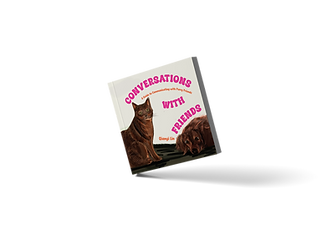Keywords

Addai, J. A., & Nuertey, B. D. (2020)
Amongst bites caused by domestic animals, dog bites account 80–90%, whereas cat bites account for 5% and 15%, as the second common cause [1].
The majority of children's bites are usually a result of provocation. Conversely, unprovoked animal bites tend to have a higher impact on adults. The majority of both operative (69.6%) and nonoperative cases (55.6%) were familiar with the attacking dog. This is in agreement with other studies, in which the attacking dog is most frequently either a household pet or neighbor’s dog [2]. A considerable percentage, specifically 66.2%, of all reported instances of animal bites are attributed to animals that reside in the homes of the victims.
[1] Singhal, R., Sikka, N., & Namdev, R. (2022). Animal bite injuries in pediatric population: a systematic review. Journal of Oral Medicine and Oral Surgery.
[2] M. S. Golinko, B. Arslanian, and J. K. Williams, “Characteristics of 1616 consecutive dog bite injuries at a single institution,” Clinical Pediatrics, vol. 56, no. 4, pp. 316–325, 2017
How can the concept of animal perspectives be integrated into children’s behavior to enhance their understanding and respect towards animals?
Co-Design
Workshop
with Children
I primarily utilized storytelling as a method to initiate the icebreaker activity at the workshop, aiding children in becoming engaged and providing them with a sense of purpose for their involvement.
Interactive Assignment Content
What: The objective is to identify a natural element and construct a narrative surrounding an animal associated with it, such as a leaf, stone, worm, water, or crab.
Where: Outdoor environment
Tools: Paper and pen for drawing (if necessary)
Purpose:
Given a task and used the imaginative storytelling part to allow the children to let go of their nerves and restrictions and figure out how they would have imagined to interact with an animal, the task requires them to engage with the animal in order to know how the actual interaction will be.




CONTENT & COLOR THEME
The First Meet
Inclusive Contact
Curious Encounters
Embrace Patience
Safety Essentials
Trusty Harmony
Greeting
Boundary
Curiosity
Rough Play
Leash Handle Info
Feeding Instruction
LANGUAGE TONE
The language tone on the chapter page and on the doodle page convey distinct perspectives towards the audience, whether they are children or adults. The language tone on the chapter page adopts a more mature and scientific approach in presenting information on the social significance of the chapter, catering to an teenager or parents. In contrast, the language tone on the doodle page consists of the inner dialogues of animals contemplating how they would feel when treated by humans and delving into their peculiar behavior and choices.
The purpose of these pages is to stimulate readers to closely examine and thoughtfully consider their actions when interacting with animals, fostering an immersive experience. The use of language imbued the narrative with extra depth, prompting readers to interpret the story according to their own perspectives.



